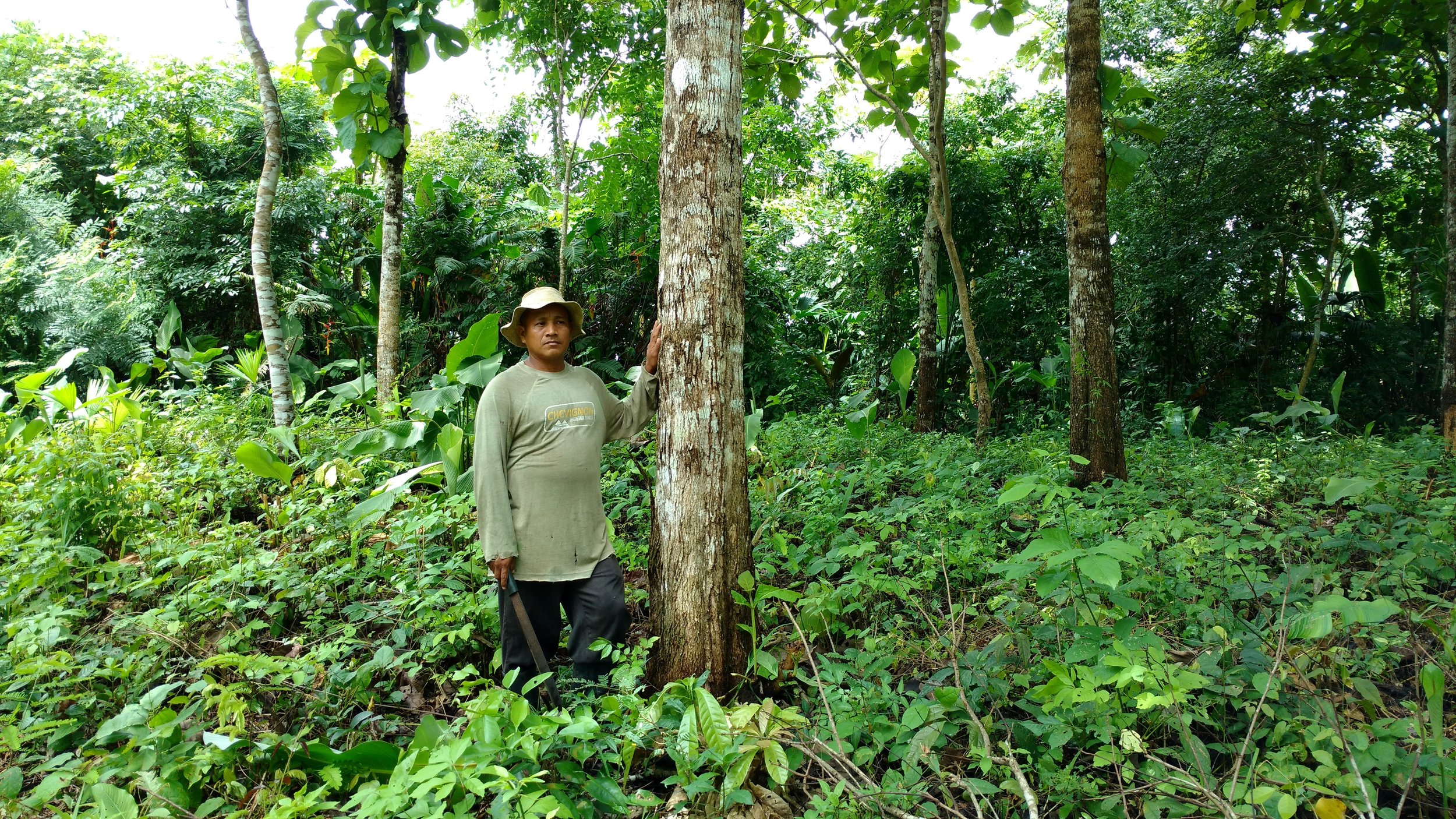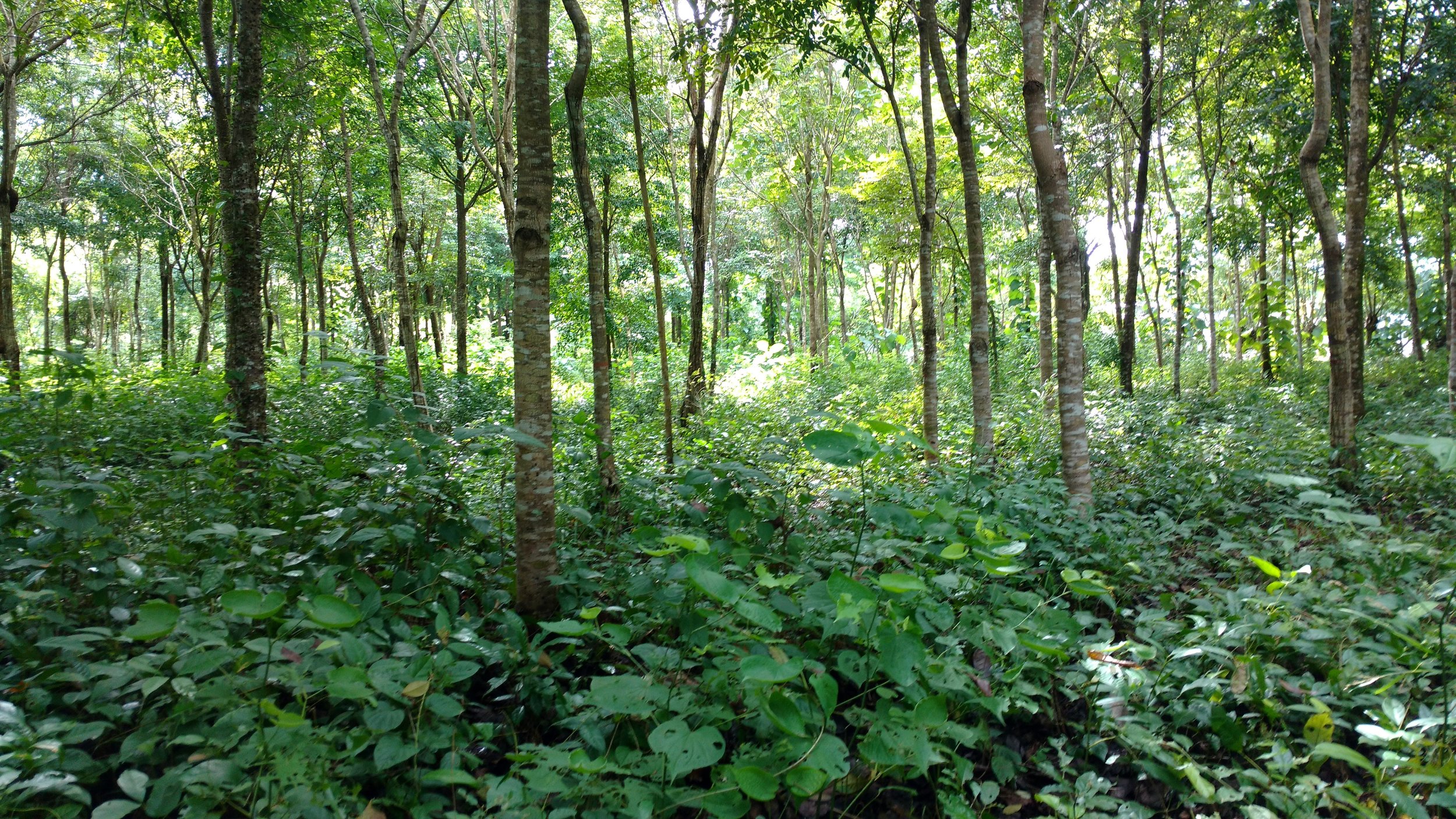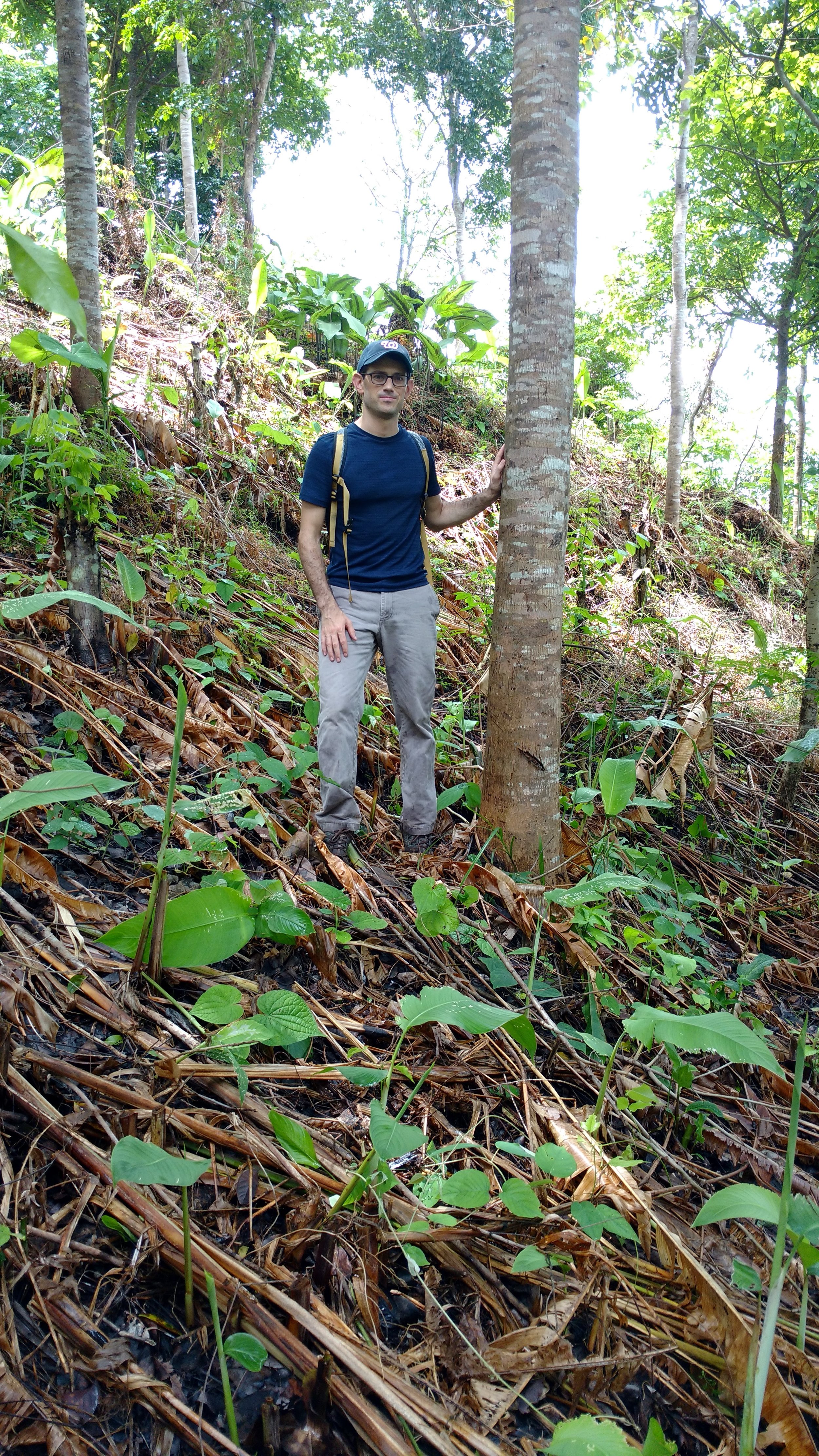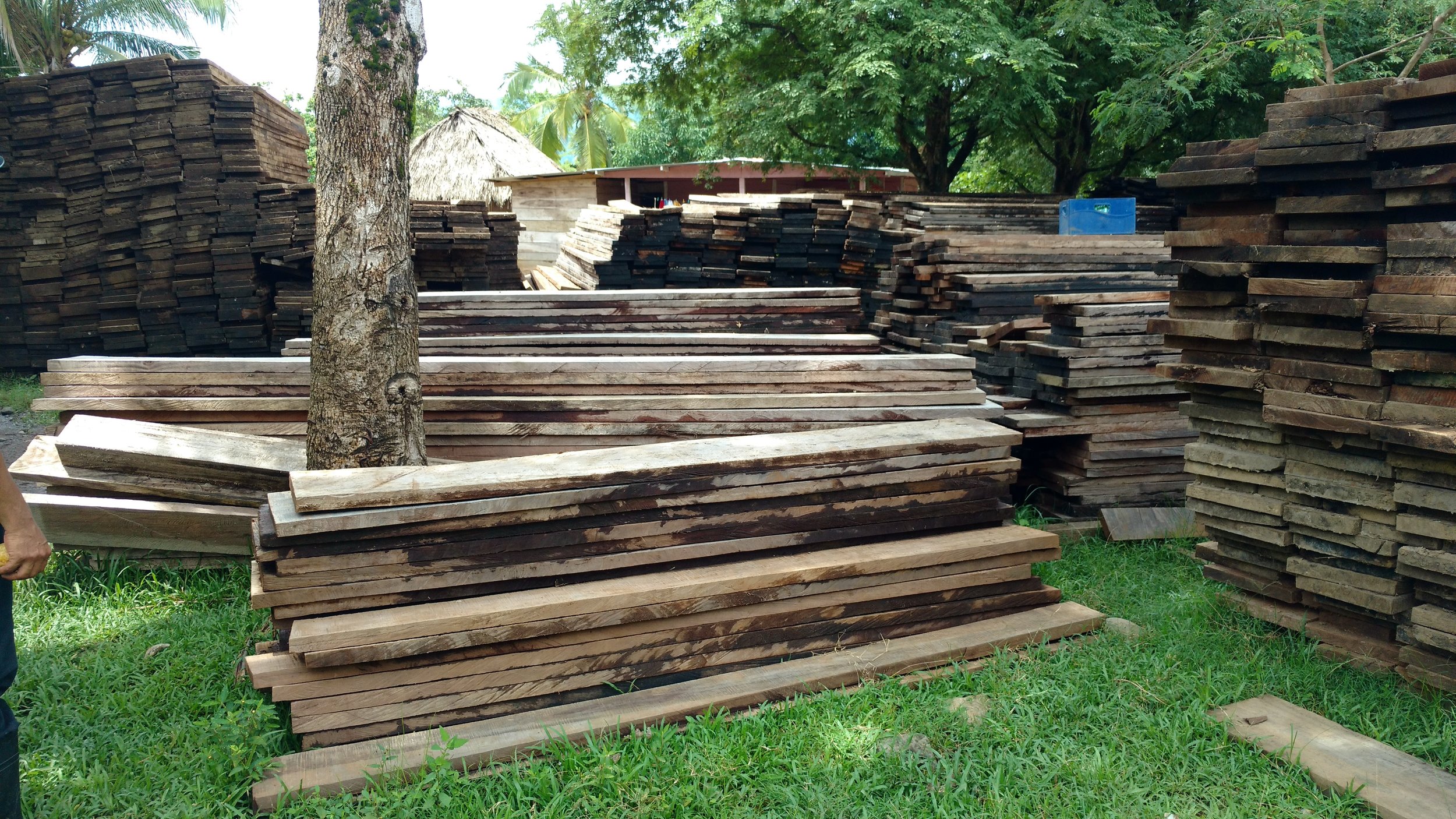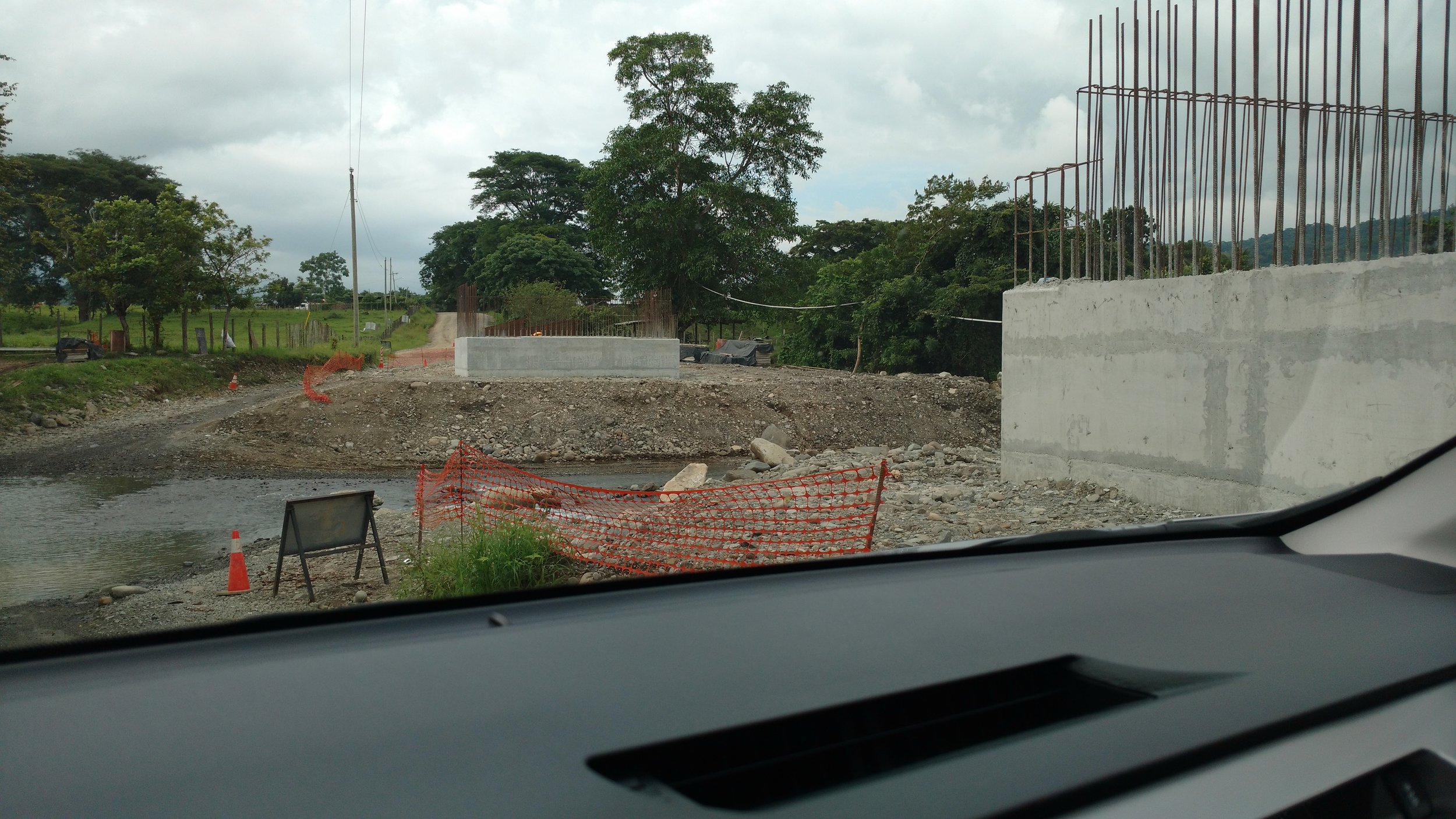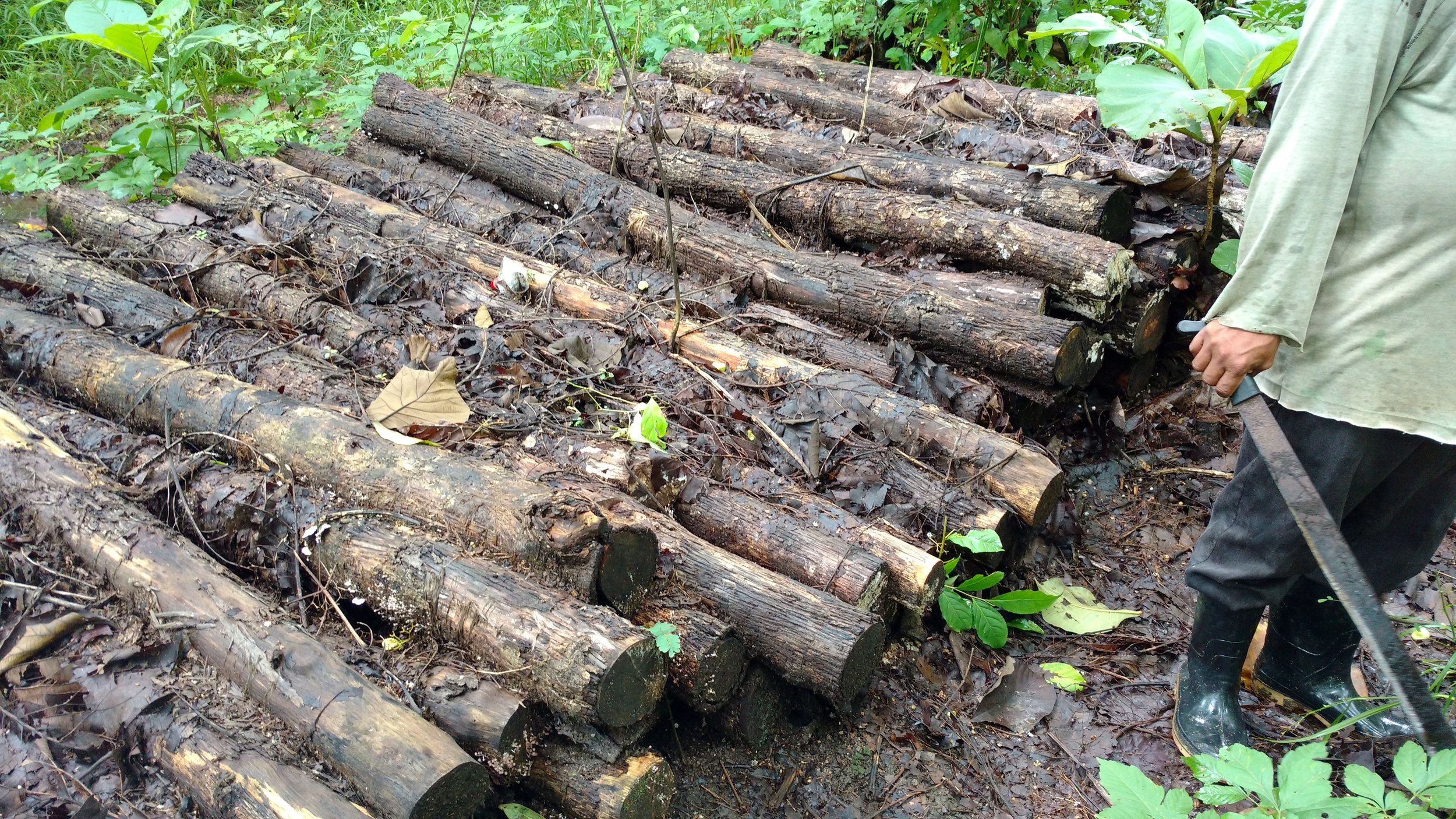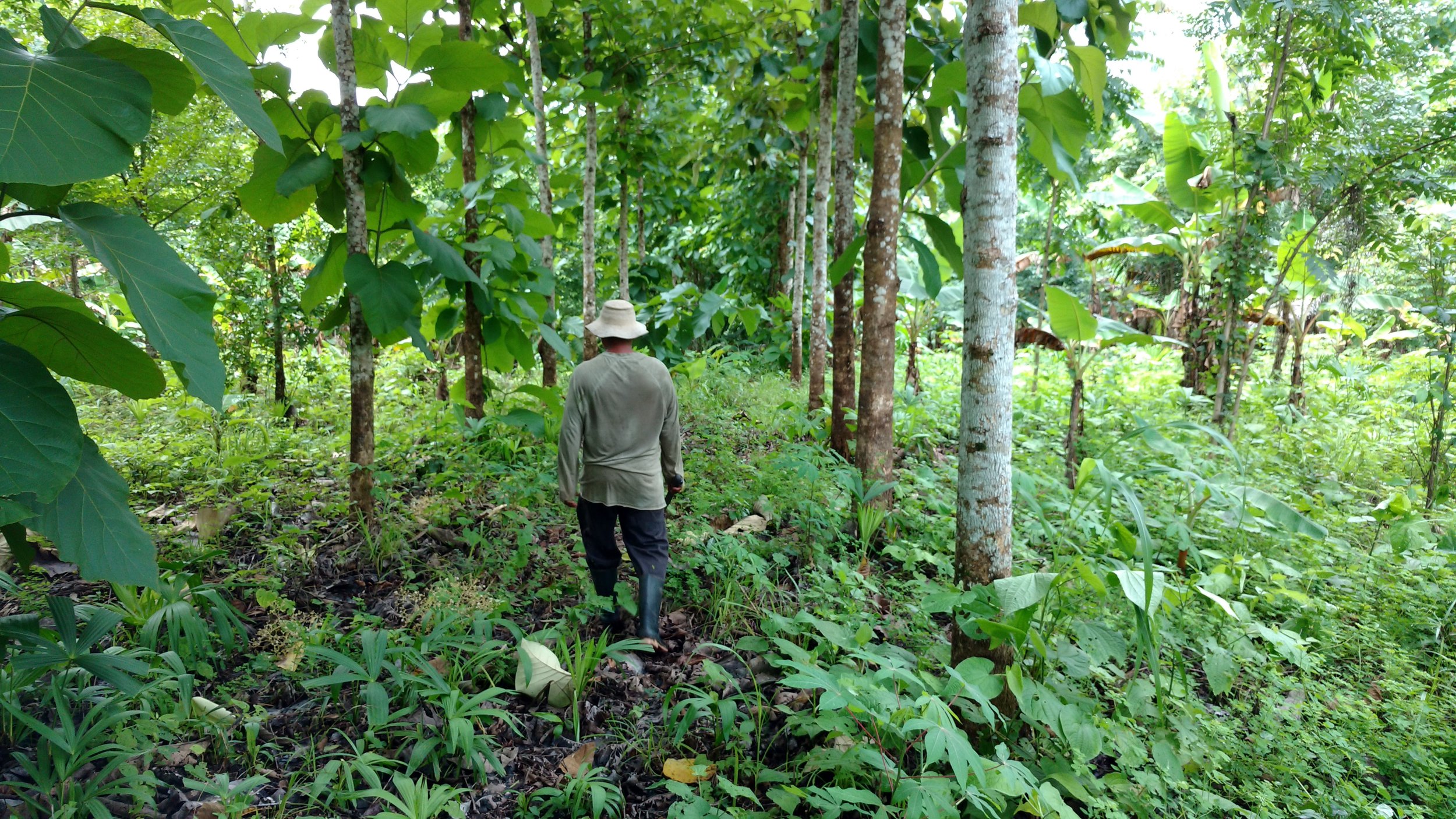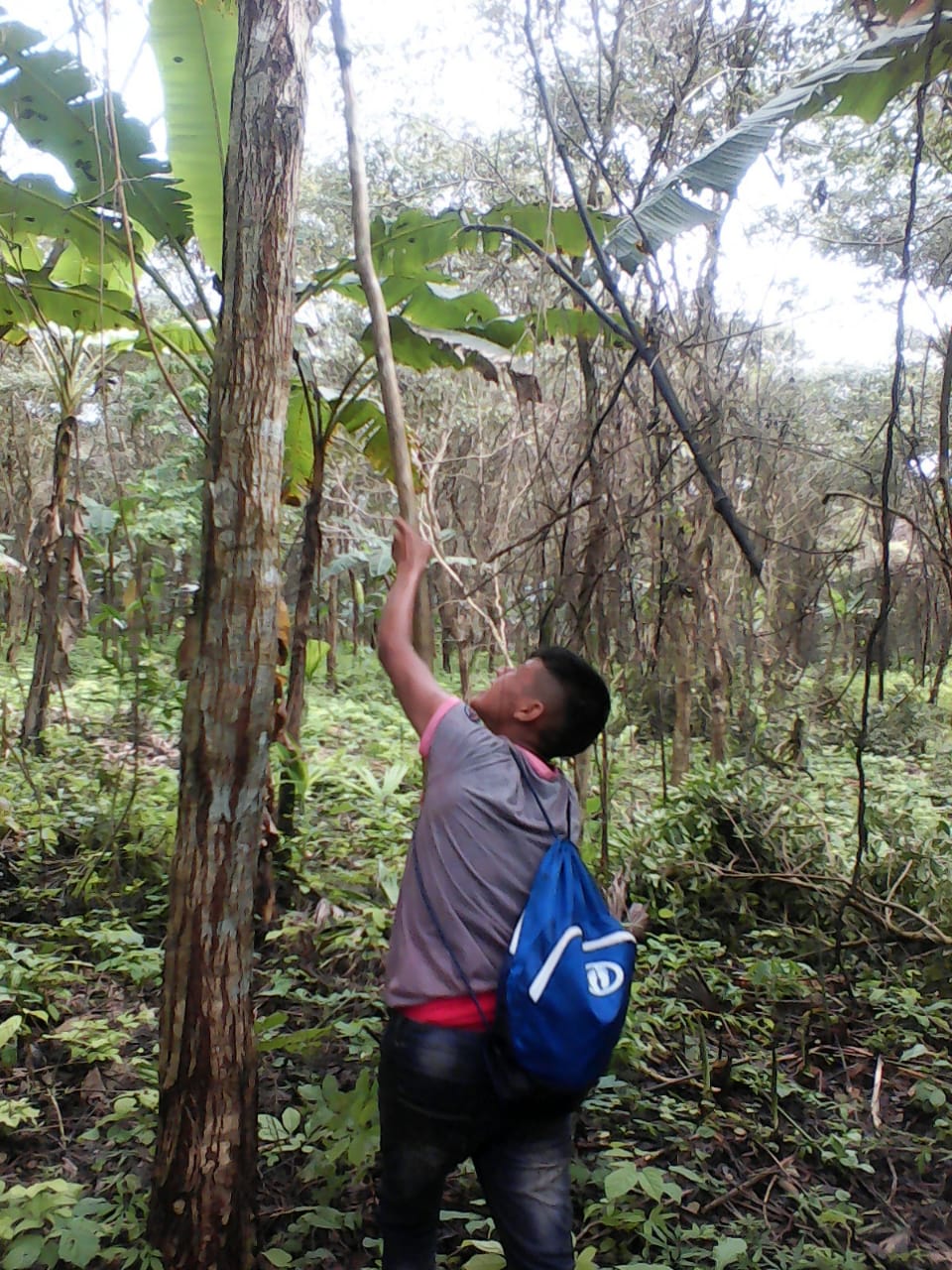Panama trip update July 2017
/I was in Panama the week of July 17, following the passing of one of our land lease partners Juan Cruz. My main goal was to make sure the new owner of the land, Juan's widow Rosa, is still on board with the project, and make any administrative changes necessary to ensure a smooth transition. I also had a chance to check in on all the operations and meet up with our operations director Francisco.
Though sad, Juan's passing was not surprising. He was in his 80's and had heart problems ever since before I knew him 10+ years ago. From what Rosa explained, he was often stubborn about going to his medical appointments, and had other medical problems in addition to his heart. As one of the founders of Nuevo Paraiso, he will be missed by his numerous children and grandchildren.
Before he died Juan divided his land holdings between Rosa and his two sons. Our five-hectare lease sits within Rosa's land, and she is keen to continue working with us and receive land lease payments. We set up a new cooperative account in the name of Rosa and her daughter Mygdaliz to receive the lease payments. Mygdaliz lives in Panama City and therefore is easier to get in touch with. Strategically, maintaining this relationship is important because we expect Rosa will eventually pass the land to Mygdaliz.
This was the first time we've dealt with a change in land owner, and it seems to be going smoothly.
Last dry season we suffered a fire in Juan's (now Rosa's) finca. The fire came in through a narrow swath running along the river, where we didn't expect anyone to be burning. Usually, the danger comes from people burning in their adjacent fields in preparation for the planting season. The fire burned away the crowns of the native species and caused the bark on the trees to crack. Lacking bark coverage, the trees are susceptible to fungus and insect attacks and most won't survive. The good news is that the teak resisted the fire a lot better than the native species. We will let the affected native species trees die off naturally and focus on maximizing the production of the other blocks of trees.
In Chico's finca (the one planted in 2007), the blocks of teak are looking good and will be thinned out in the next couple of months. We have been on the lookout for a buyer for the teak, but so far have not had any luck. We have a block of mahogany growing very well, and some of these trees will be thinned to create space for the larger ones. Our operations manager Francisco wants to experiment with a technique called tree-topping instead of clear cutting the trees marked for removal. This would leave the trees standing, but remove their crown to reduce sunlight competition. Theoretically, the trees would no longer grow upwards, but would rather increase in girth and therefore can be left to harvest for later.
Jose "Ino", who used to work for us on a permanent basis in Nuevo Paraiso, is doing well, and his wife Esther just had their 4th child (he says this will be the last one). Ino has been a dependable talent for us, and we expect to work with him on the thinning of the Nuevo Paraiso plantations.
In Arimae, I walked through fincas 1-3 with our point of contact Yem. Fincas #1-2 have been thinned. We left the native trees to decompose on the forest floor and stockpiled the teak in case we find a buyer. We noticed that the cedro amargo trees (cedrela odorata) have been growing strongly here. The teak trees are on the whole looking good, with the largest ones exceeding 12" in diameter. They need to be de-branched (podar) to make sure the wood they eventually yield is knot-free.
The teak that I saw in the #3 finca is looking very good - tall, straight, and little bifurcation. These also need to be de-branched, and could even be thinned. Planted in 2012, this teak will eventually surpass our teak planted in 2007-2008, a testament to the importance of weed suppression early on. We took the motorized branch trimmer (it's a chainsaw on a pole) to be repaired, and rigged up another manual tree trimmer with an aftermarket saw blade. So, now we have two functioning branch trimmers ready to go.
Meanwhile, the roads and infrastructure is improving in the Darien. The Ministerio de Obras Publicas has been re-paving the roads and is actually installing guardrails along some stretches, and soon there will be legitimate bridges over the rivers in the Nuevo Paraiso area.

